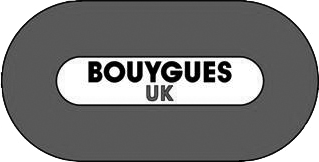Your Guide to Soil Types
June 5, 2017 2:45 pmWhen deciding which building foundation is most appropriate, one factor you must consider is the condition of the ground. An investigation of the soil should always be carried out before the design and construction of a new structure, so that you understand it’s bearing capacity. Will it be able to hold a heavy load without much movement or change in shape? You don’t want to build on the wrong type of soil and end up with cracks and leaks in your new structure. So, here is a brief guide to some of the many types of soil.
Chalk
You must bear in mind that chalk soils are disposed to erosion, so you should be cautious of things like caves and hollows. If the chalk is soft you must dig it out until stronger chalk is reached. Strip foundations are often used in chalk and they must be deeper than any frost action.
Clay
When it comes to clay soils, you must take extra care during excavation, particularly if there are some trees growing nearby. Throughout the year, the trees will interfere with the water content in the clay, causing it to shrink in summer and swell in winter. This, in turn, will disturb the foundations of your building and as a result, there are minimum foundation depths for each type of clay.
You may think that cutting down the nearby trees is a genius idea, however, in doing so the clay will not be able to contain the excess water during the rainier seasons and will expand significantly. Again, this results in structural damage. The best thing to do is dig below the area of clay that is affected by the trees and form your foundation there.
Rock
Types of rock such as limestone and sandstone have excellent bearing capacities, as they are strong and supportive. If the rock is even it will carry the foundation well, therefore you may need to strip it back and level it out.
Peat
This type of soil is usually black or dark brown in colour and is easy to compress due to the amount of water it can hold. Unfortunately, during the summer months peaty soil dries out and can potentially cause a fire. It is best not to build upon this type of soil, however, if it can be
Loam
Loam is the combination of sand, silt and clay and is actually the most ideal type of soil. As a result of its evenly balanced properties it’s great for supporting a structural foundation.
Categorised in: Uncategorized




















